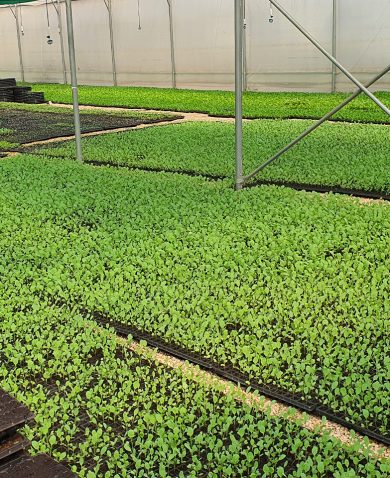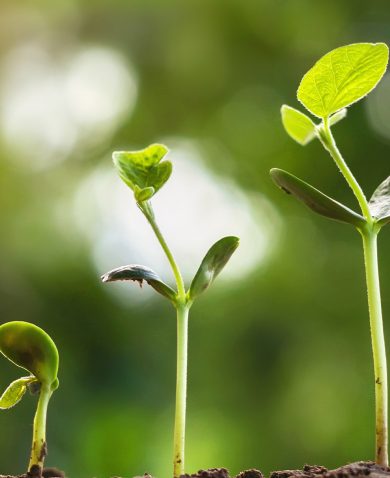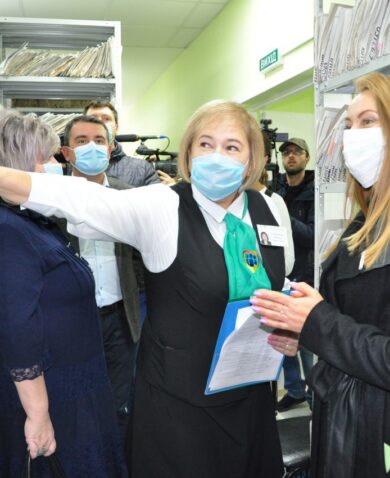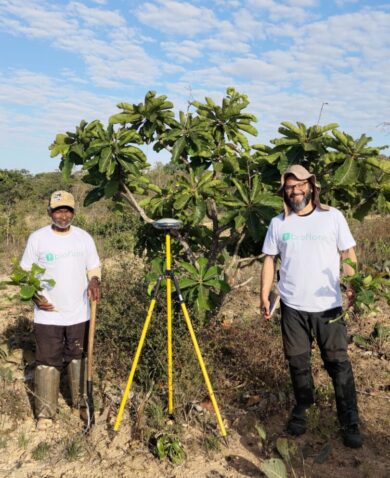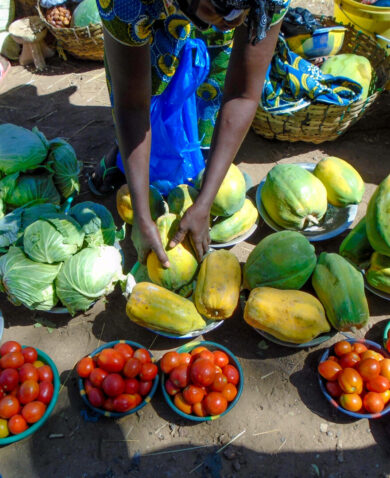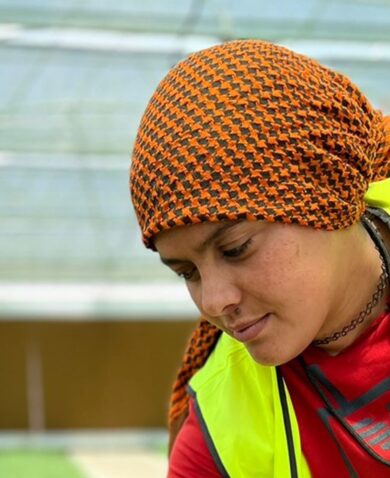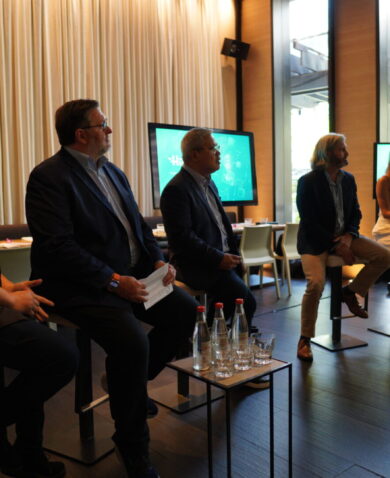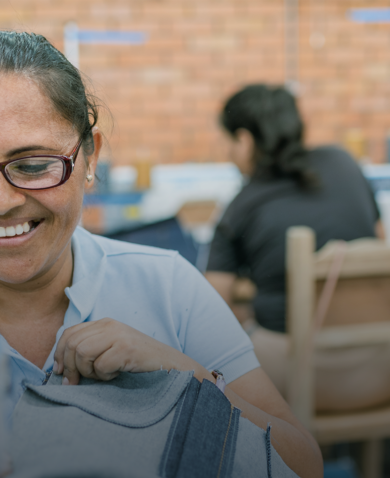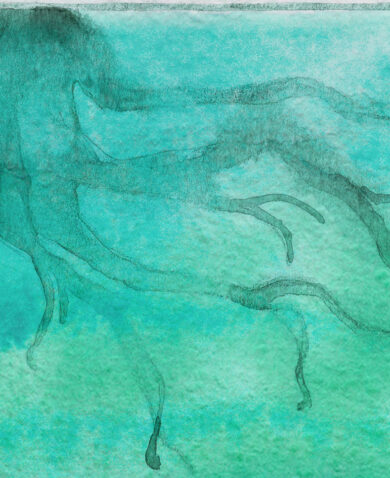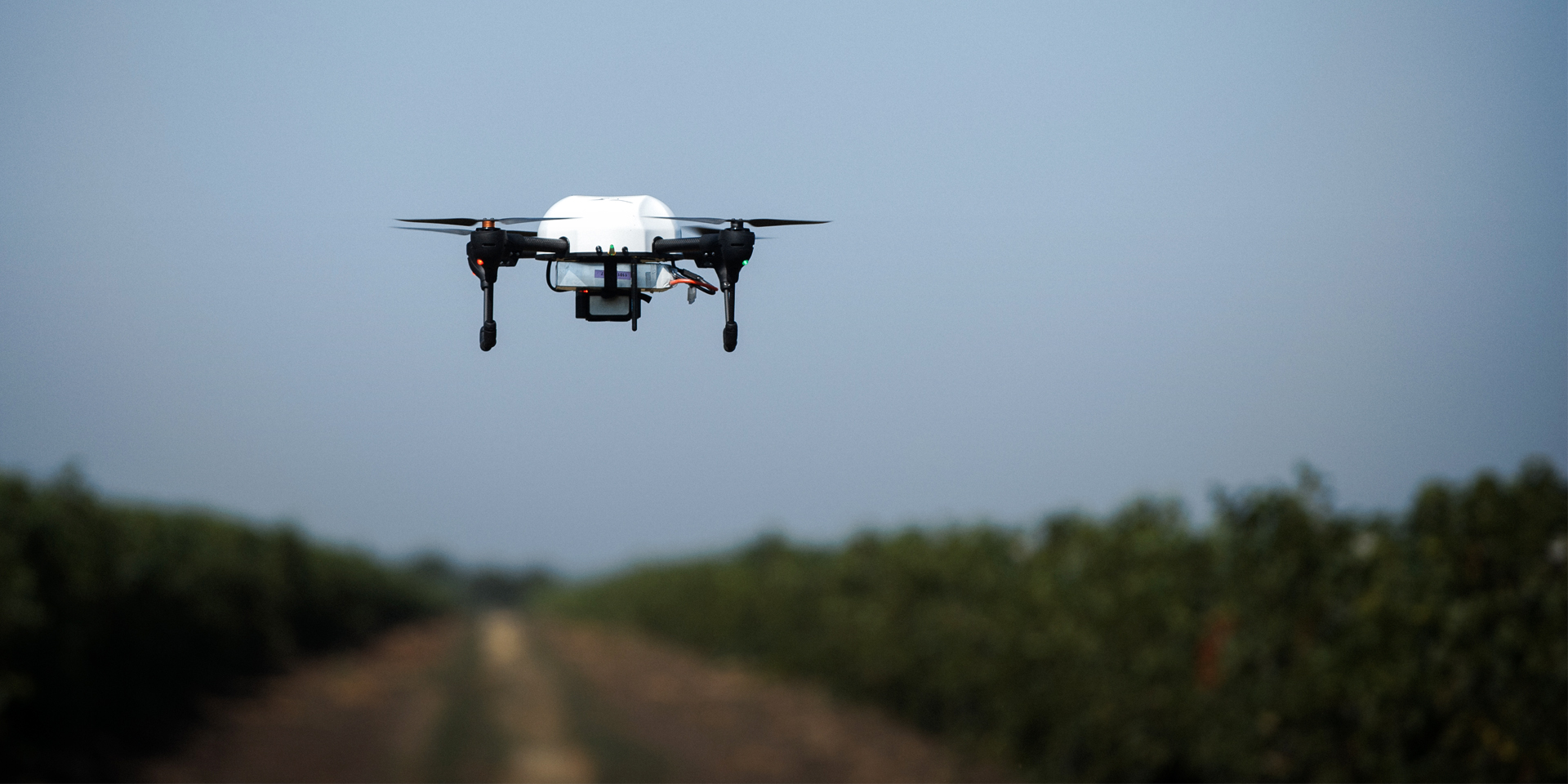
Drones Present Modern Solution for Heritage Wine Industry
October 2, 2018 | 2 Minute ReadFrom detecting vine infection to providing more reliable data, pilot demonstrates the many ways drone technology can safeguard vineyards in Moldova and around the world.
With nearly 150,000 hectares of vineyards, the small nation of Moldova has one of the largest densities of vineyards in the world. Here, the wine industry is a cultural touchstone with a history stretching back thousands of years. It forms the backbone of the rural economy, providing income for more than 250,000 people and more than seven percent of the country’s exports.
Unfortunately, as in many countries, the incurable vine disease Flavesence dorée (F. doree) threatens Moldova’s traditional wine industry. According to Gheorghe Arpentin, director of the Moldova’s National Office for Wine and Vine and head of the Health and Safety Commission of the International Organisation of Vine and Wine, European wine-growing countries report the presence of the disease in about half of the area dedicated to grape production with harvest losses of 40 to 80 percent.
To combat F. doree, the country is looking to cutting-edge precision viticulture technology: drones. Funded by USAID and the Government of Sweden, the Moldova Competitiveness Project (MCP) uses drones equipped with multi-spectral cameras and sophisticated, cloud-based imagery processing and analysis software to deliver accurate information about infection at the plant level.
Using drone technology provides a more efficient, more reliable alternative to traditional, manual methods of disease detection because it:
1. Reduces labor costs and improves diagnostic accuracy. In a pilot, drones detected the presence of F. doree with more than 95 percent accuracy. Traditionally, disease inspection is conducted by seasonal workers with only brief instruction on the symptoms of the disease. Human error led to very poor detection rates and the process was highly labor intensive, requiring manual inspection of each individual vine. The drone accurately inspects up to one hectare of grape vines per minute, compared to eight man-days for the same area if inspected by hand.
2. Lowers area of vine clearing by enabling rapid spot treatment and quarantine. The main method of treatment for vines infected with F. doree is to remove and destroy the whole plant. Aerial photography combined with spectral imagery analysis and geographic information system (GIS) data allows rapid determination of the epicenter of the disease, resulting in immediate spot treatment and quarantine and protecting yields.
3. Provides GIS data to inform a national disease detection and management protocol. The deployment of this technology requires training in digital services (e.g., analysis of GPS data, use of drone and spectral camera technology and proprietary analysis software) and will also lead to extensive digital data regarding the health of Moldovan vineyards for use in the development of national policy and disease management plans. This deployment is part of a wider program to increase the use of digital services and data within the wine industry — from production and quality management to design and stock control.
By investing in drone-based disease detection technology to improve the rate and accuracy of detecting and treating F. doree in Moldovan vineyards, the MCP pilot project will ensure better vineyard management, protect grape yields, and improve grape quality. The resulting quality improvement across the entire production chain will lead to improved exports and stabilization of Moldova’s heritage wine industry, safeguarding the livelihoods of the 250,000 Moldovans involved with the sector.
Posts on the Chemonics blog represent the views of the authors and do not necessarily represent the views of Chemonics.





